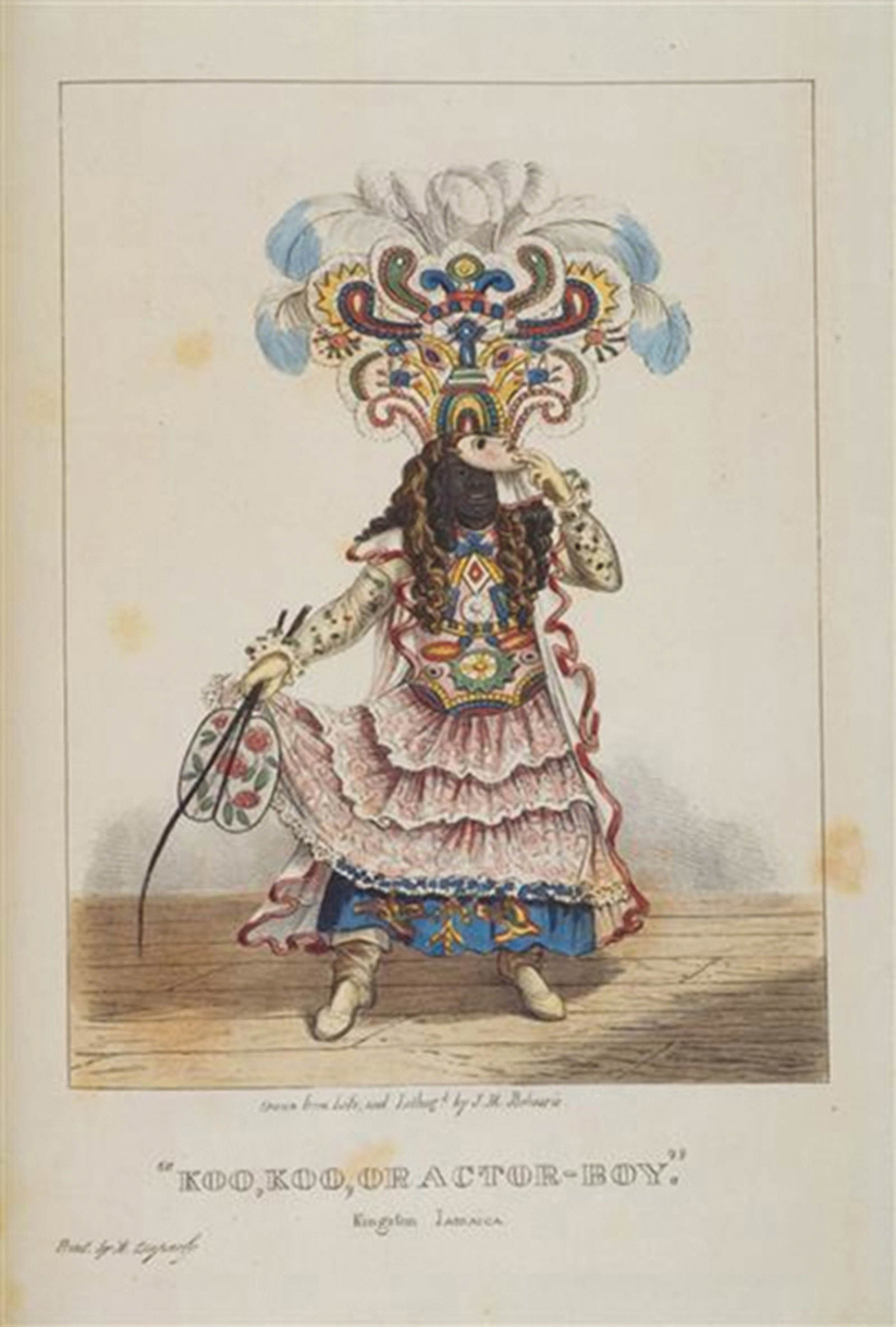Evening lecture
Tim Barringer: Art History vs Victorian Jamaica

This paper poses the visual culture of Jamaica in the years around 1838 as a case study to trouble canonical accounts of nineteenth century art history. Unable, despite the demise of modernism, to shed the Paris-based teleological narrative still found on the walls of the world's great museums, historians of nineteenth century art still tend to consign art making in the colonial world, and the agency of figures from beyond the metropolis or outside dominant social and ethnic groups, to peripheral status. In doing so, modernism and its running dogs continue to replicate a dominant trope of nineteenth-century thought.
I make no claim to originality in identifying the Caribbean as a crucial world-historical third space of cultural – and particularly visual – production. Robert Farris Thompson pioneered these ideas at Yale University in the 1960s. Paul Gilroy and others have drawn attention to the value of popular genres, overlooked texts and archives, from whose interstices the traces of historical Caribbean cultures can be reconstructed. Work in performance studies by Joseph Roach has countered the model of center and periphery with the concepts of an Atlantic interculture, and that of circum-Atlantic performance. For Sidney Mintz, and after him Stuart Hall, the Caribbean, neither Europe nor Africa, neither here nor there, is a place where no-one is entirely at home, but one where uniquely powerful creole traditions have emerged -- traditions which, born of violence and slavery, are for Hall inalienably modern.
1838 saw the coronation of Queen Victoria in Britain, but also, on 1 August, an event of far greater importance – the end of slavery in the British Empire. That same year, experiments in France and Britain led to the emergence of photography, which would swiftly become the dominant form of visual representation in Jamaica. This paper examines lithographs, oil paintings and photographs from mid-nineteenth century Jamaica, proposing a reading of them as paradigmatic objects of modernity. The sugar islands formed a liminal, yet, I argue, a defining, space for nineteenth century global culture.
Tim Barringer is Paul Mellon Professor of the History of Art. He specializes in the eighteenth-, nineteenth- and twentieth-century art of Britain and the British Empire, nineteenth-century American and German art and museum studies. Following positions at the Victoria and Albert Museum, the Universities of London and Birmingham in Great Britain, he came to Yale in 1998. His books include Reading the Pre-Raphaelites (Yale, 1998), Men at Work: Art and Labour in Victorian Britain (Yale, 2005), Opulence and Anxiety (2007), catalogue for an exhibition at Compton Verney, and Before and After Modernism (Central St Martins, 2010).
Recent publications include 'The Englishness of Thomas Cole' in Nancy Siegel, ed., The Cultured Canvas: A Social History of American Landscape Painting (University Press of New England, 2011); 'Benjamin Britten, Samuel Palmer and the neo-Romantic Pastoral', Art History, February 2011, and 'Seeing With Memory: Hockney and the Masters', David Hockney: A Bigger Picture, London: Royal Academy of Arts, 2012. He was co-author of the catalogue. Two edited volumes, Viewing Platform: Perspectives on the Panorama (co-edited with Richard Maxwell and Katie Trumpener) and Victorian Jamaica (co-edited with Wayne Modest) are in press. He has contributed an essay, "Poetry" to the catalogue of Rubens and his Legacy, edited by Nico van Hout, Royal Museum of Fine Arts, Antwerp and Royal Academy of Arts, London, 2014-5.
In 2013-14 Tim Barringer held a J. Clawson Mills Fellowship at the Metropolitan Museum of Art, New York.
19 March 2015, 6:00pm
Kunsthistorisches Institut in Florenz
Max-Planck-Institut
Palazzo Grifoni Budini Gattai
Via dei Servi 51
50122 Firenze
Notice
This event will be documented photographically and/or recorded on video. Please let us know if you do not agree with the Kunsthistorisches Institut in Florenz using images in which you might be recognizable for event documentation and public relation purposes (e.g. social media).


